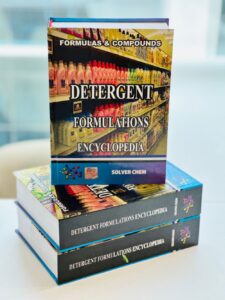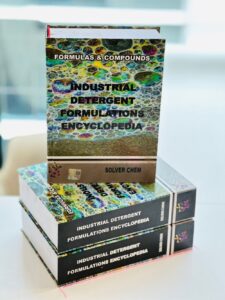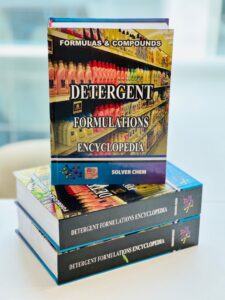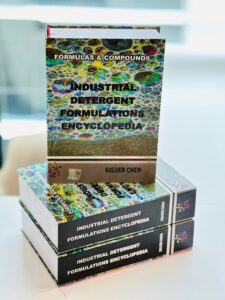
 🧪 Non-Atomized Powder Detergent Manufacturing – Production, Formulation and Properties
🧪 Non-Atomized Powder Detergent Manufacturing – Production, Formulation and Properties
Overview:
Non-atomized powder detergent manufacturing refers to the production of detergent powders without spray drying technology, using mechanical blending, densification, and agglomeration instead of spray towers.
This method is particularly suitable for small and medium-sized detergent plants, where energy savings, simple setup, and flexible production are priorities.
The process involves mixing powdered raw materials such as surfactants, builders, fillers, and performance additives to create a homogeneous, free-flowing product.
Unlike spray-dried powders, non-atomized detergents have a higher bulk density and are often used for low-foam or high-concentration formulations.
This production route allows quick adjustment of foam level, active matter content, and washing efficiency, making it ideal for both domestic and industrial detergent formulations.
Production and Formulation:
The non-atomized process typically begins with the weighing and dry blending of surfactants, builders, and auxiliary agents in a ribbon mixer or double-cone blender.
Depending on the formulation, liquid surfactants or nonionic wetting agents may be sprayed onto the powder mix to improve binding and uniformity.
Key formulation components include:
-
Builders: Sodium carbonate, sodium sulfate, zeolite, and STPP – enhance cleaning and water softening.
-
Surfactants: Linear alkylbenzene sulfonate (LAS), sodium lauryl sulfate (SLS), or nonionic surfactants – remove grease and soils.
-
Anti-redeposition Agents: Carboxymethyl cellulose (CMC) – prevent soil reattachment to fabrics.
-
Optical Brighteners: Improve whiteness and brightness of washed textiles.
-
Enzymes: Protease, amylase, or lipase for enhanced stain removal.
-
Perfumes and Dyes: For consumer appeal and product differentiation.
-
Flow Improvers: Sodium silicate, silica, or magnesium sulfate to prevent clumping.
Process steps:
-
Dry Mixing: All powder ingredients are blended uniformly in a mixer.
-
Liquid Addition: Surfactant pastes or perfumes are sprayed in controlled amounts.
-
Densification and Agglomeration: Mechanical compaction increases bulk density (500–800 g/L).
-
Sieving: Ensures uniform granule size and removes oversized particles.
-
Cooling and Packaging: Final product is cooled and packed in moisture-resistant materials.
This process is energy-efficient and does not require hot air drying, making it eco-friendly and cost-effective for localized detergent production.
Properties:
-
Production Method: Dry mixing and agglomeration (no spray drying).
-
Bulk Density: Typically 600–800 g/L.
-
Moisture Content: 2–6%.
-
Foam Level: Adjustable (low, medium, or high foam variants).
-
Appearance: Free-flowing granular powder with good flowability.
-
Solubility: Slightly slower than spray-dried types but stable in cold and warm water.
-
Shelf Life: 12–18 months under proper storage conditions.
-
Temperature Resistance: Stable at moderate production temperatures (below 50°C).
-
Eco-Friendly Aspects: Low energy usage and reduced carbon footprint.
-
Compatibility: Can incorporate enzymes, perfumes, and brighteners effectively.
Summary:
Non-atomized powder detergent manufacturing is an efficient and versatile method that enables high-quality detergent production without the complexity of spray-drying systems.
Through controlled mixing, agglomeration, and densification, manufacturers can produce stable, high-density powders that deliver strong cleaning power and consumer appeal.
This process represents a cost-effective and sustainable alternative, especially suitable for emerging detergent markets and localized production setups.


